Source and course sum Transmission from master to disciple
copyright reserved
| 1. fist model and heart law | 2.Our album | 3.Our Video

|
Kung-fu lesson | 5.contact with us | 6.Latest News |
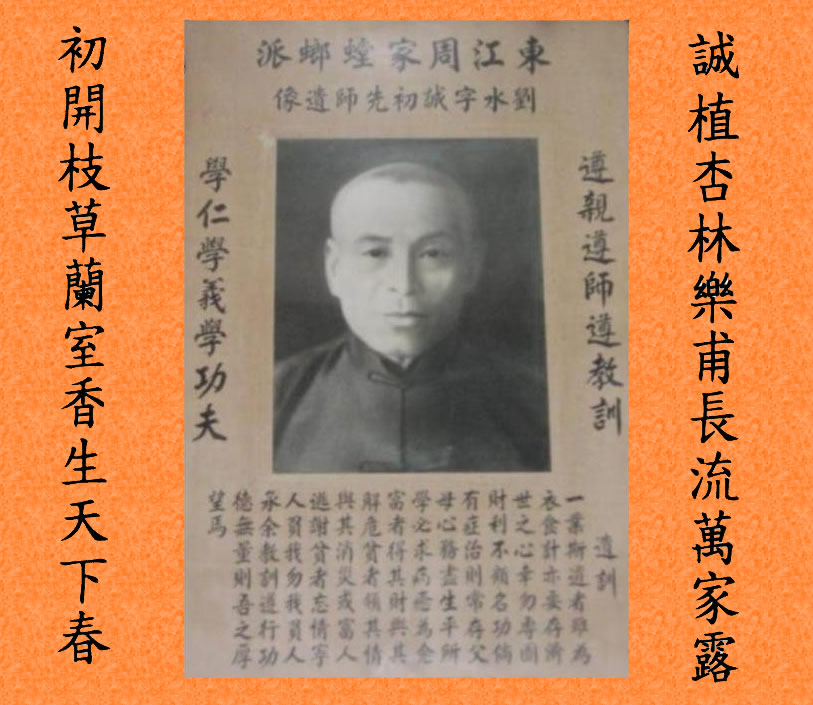
Tong Long Kuen (Preying Mantis Boxing) is one of the many Chinese Kung Fu systems which are inspired by the movements of other living creatures on earth. Back to early 1900s, there were literally no northern and southern clan for this particular Chinese “Imitation Boxing” which mimics the tiny but aggressive insect. The systems could, nevertheless, be geographically categorized according to their places of origin.
According to the commonly recognized legend, the creation of the “Northern Preying Mantis” boxing is attributable to Grandmaster Wang Lang, who found this self defensive system during late Ming Dynasty (A.D. 1368 to A.D.1644) at his hometown located at China North-eastern Province of Shandong. Relative to the northern system, “Southern Preying Mantis” fighting technique was created in later decades during mid Ching Dynasty (A.D.1644 to A.D.1912) at Fujian Shaolin Monastery by Grandmaster Chow Ah Nam, a Guangdong Hakka person. Therefore, Southern Preying Mantis and Northern Preying Mantis systems are each developed independently at different regions of China without any interaction and barely associated with one another.
Not until 1930s Northern Preying Mantis style was officially passed down to Hong Kong, attributable to the great effort of Grandmaster Law Kong Yuk (Luo Guangyu) who engaged in developing this northern Chinese martial art locally after residing in this British Colony. With the presence of Northern Preying Mantis school in this little city, comparison and contrast could easily be highlighted from the domestic Southern Preying Mantis style. Despite the indifference in referencing to preying mantis movements, practitioners could hardly found the north and south styles sharing similar fighting methodologies on stance, posture, fist structure, footwork, breathing technique, striking concept nor combating logic. From these distinct contrasts, the two traditional martial art styles which mimic preying mantis were explicitly distinguished into Southern Preying Mantis and Northern Preying Mantis according to their places of origin.
|
|
| The TONG KONG River |
Tung Kong Chow Ka Preying Mantis (Chow Ka Gao), also known as Southern
Preying Mantis, is originated from Fujian Shaolin Monastery.
Our Great Grandmaster Chow Ah Nam, a Hakkanese from Guangdong Xin-ning, was once part of
the kitchen crew of Shaolin Temple. On a sunny day while picking logs from the forest for cooking
purpose, a confrontation between a preying mantis and a bird caught Chow’s attention. The
techniques of the tiny insect had truly impressed Chow and stimulated him to imitate its fighting
skills after witnessing the victory of the mantis over the bird. By observing the stance and studying
the offensive and defensive skills applied by the preying mantis, the Great Grandmaster was able to
mimic its fighting skills and combine them practically into the Fujian Southern Fist system.
Under the intensive supervision of a high-ranking Shaolin monk – Master Sim Yan, Chow created
his unique kung-fu style and found his own clan known as Southern Preying Mantis. The style was
succeeded by Master Wong Fook Go and later passed onto Master Hung Lin Harp.
Southern Preying Mantis is a close range combat system which emphasizes massive attacks
generated from a single stance movement and is characterized by its instant, explosive short range
shock power.
Lau Shui (Sigong) and Lam Jak Yu (Si Suk Gong)
In the early days possessed by the traditional concept, this kung-fu system will only be passed onto
fellow Hakkanese and is restricted to male students. Chow Ka Preying Mantis system was first
introduced to non-Hakkanese by Lau Shui when he escaped to Hong Kong from the civil wars and
the foreign invasion at China during the late Ching Dynasty. Some of his well-known students
include: Time anecdotes.and the comparatively famous disciple is as follows:
Five the first tiger: Yang shao,Tse tsung,chu cha ng,wu yuan,Yip hay,
The sixth end was outstanding:Chu guan wah,lam wah,Tam wah,Yip Shui,Tam chui,Shun hsang,
Other apprentices: lau wei kueng(spread fragrantly)-Master Lau shui's son,Ma ming sum-son in law
of master lau shui ,Lee wai,cheung wah,chow man che(early Hong Kong football hero),lee chun,
Mr.leung,lee kam,lam wei,tsui yui fat.
Grandmaster Lau Shui (1879-1942) a Hakkanese from Weiyang, Guangdong
Province, was widely known as one of the three Dong Kong Tigers during his era (the individuals
with superior fighting skills and peaceful minds are always honored with the name “Tigers”
in ancient China). He adopted Sarm Bo Jin (Three-step arrow form) as the root of Chow Ka
Preying Mantis system. Besides his remarkable bare hand kung-fu skills, he also possessed
outstanding staff /pole weaponry technique. His undefeatable Tong Long Po Sim Gun form
(Preying Mantis Catching Cicada staff) has stormed the entire Dong Kong region and this
staff form was named as Lau Shui Pole to crown Lau’s superior and effective skill.
|
|
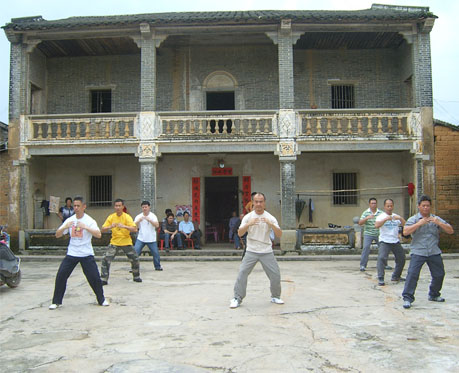 |
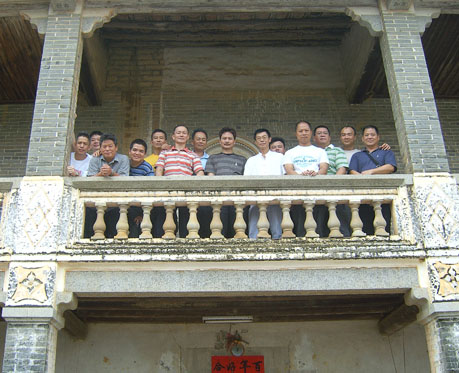 |
Words from the Grandmaster:
1.The system will have to depend on the ones who are eligible to pass from one generation to
another generation, and it will be well-known and honored with glory over centuries;
2.Always stay away from drugs and always refrain from gambling;
Late Grandmaster Yip Shui (1942 - 2004) is a Cantonese whose ancestors are originated
from Guangdong Shen-Wui Dong Hang. He, as a non-Hakkanese, starts learning Chow Ka Preying
Mantis from Grandmaster Lau Shui on the 2nd floor of No. 59 Bulkeley Street, Hung Hom,
Kowloon since 1931. During WWII, Lau has become very sick upon the Japanese invasion period.
Fortunately, Yip and his wife have both stood up and taken the responsibility in looking after Lau
during this difficult period. Lau, while taking his time to recover, had started to draft, summarize
and highlight the Southern Preying skills in writing. As an appreciation of the sincere care offered
by Yip, Lau has passed the summary to this beloved student and guided him every single technique
and secret that is belonged to the devastating Chow Ka Preying Mantis system.
Late Grandmaster Yip Shui established his first Chow Ka Preying Mantis kung-fu school
on the 3rd floor of no.11 Ma-Loi Street, Hung Hom, Kowloon in 1948. He is specialized in all
forms of Southern Mantis forms and famous for his Rib-Staking skill, San-Sau (practical use of
hand techniques), Gang Dan power (shock power) and Tong Long Bo Sim Staff.
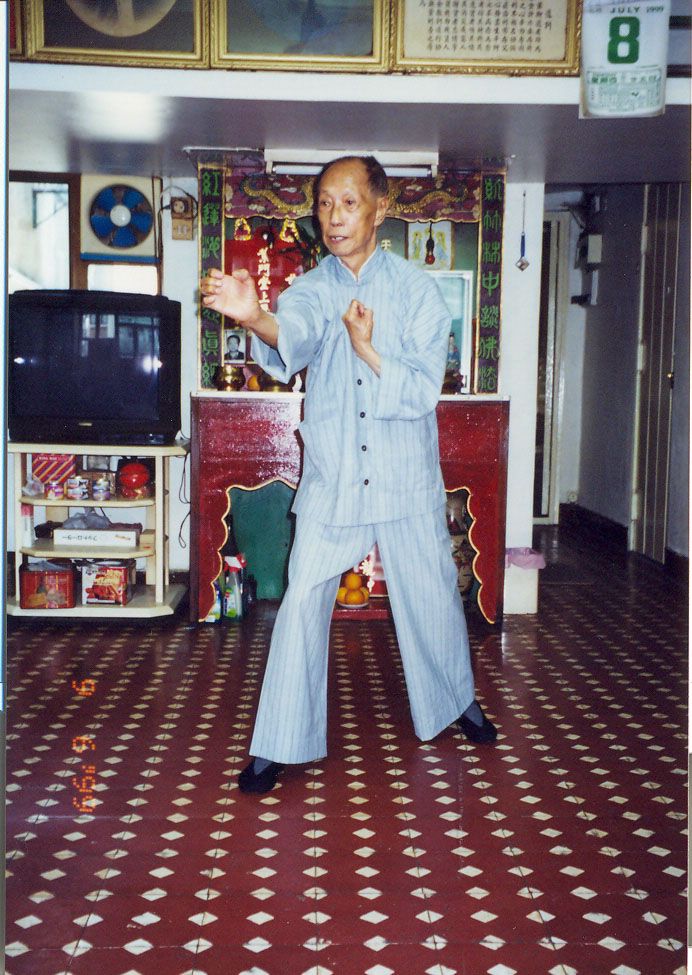 |
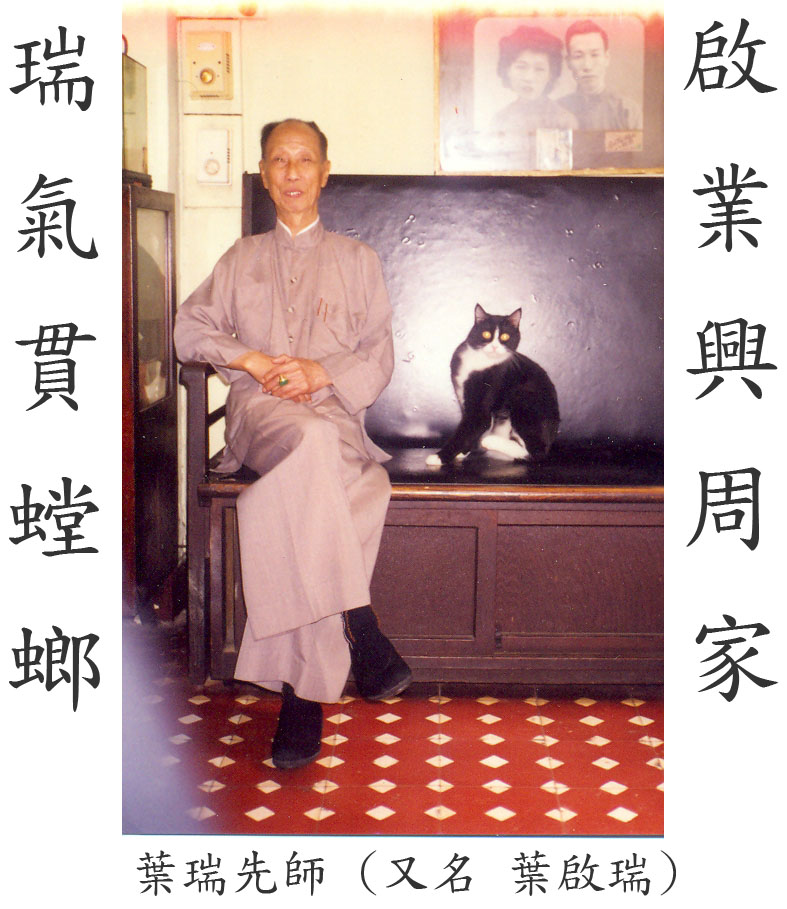 |
Master Li Tin Loi:Ng wah personage,settlers from another province of china in Guangdong;The
fifth generationof Tong kong Chow- Ka preying Mantis is "The Phoenix"word people
succesor,anadvanced student of Master Yip-Shui
 |
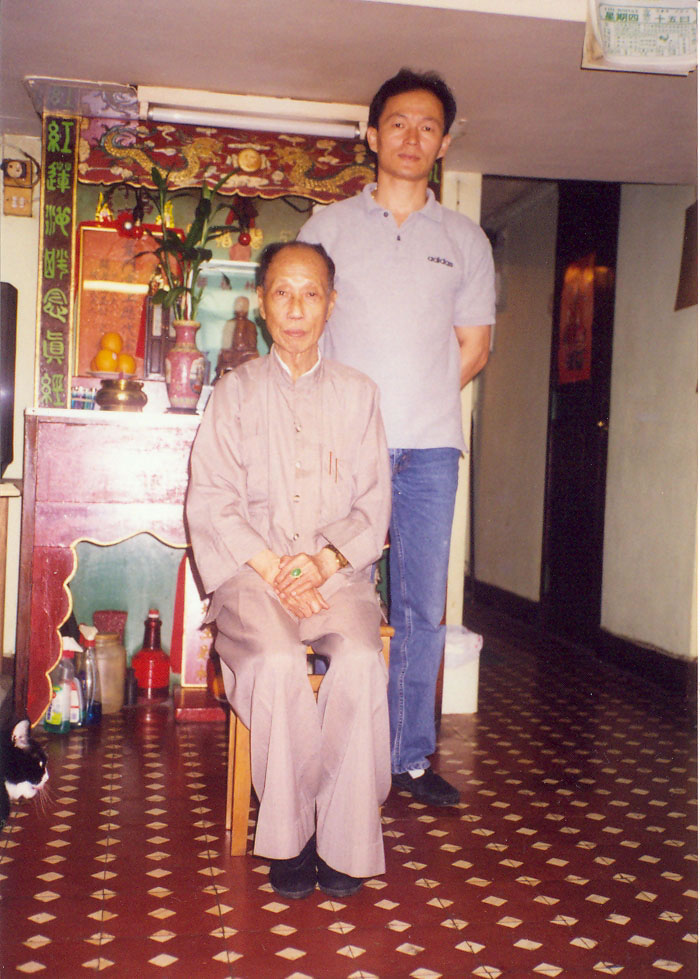 |
 |
| Enter the ceremony of the learn | photo with grand master Yip-Shui | In front of the tomb on master Lau Shui |
Chinese Martial arts-the police club of Hong Kong,will can create chamber one of.
Dragon's honorary chairman forever of lion's federation of Hong kong Chinese traditional
chinese boxing and fencing.
Executive committee member of lion's federation of Hong kong Chinese traditional
chinese boxing and fencing dragon.
Dragon's lion's federation's coach's from master federation of Hong kong Chinese traditional
chinese boxing and fencing.
Dragon's lion's federation's concubine's fist judgement form master of Hong kong Chinese
traditional chinese boxing and fencing.
The Chairman of the tung Kong Chow ka-preying mantis Li-tin loi Martial Arts Association.
if you can't hear any music please download: http://www.apple.com.tw/quicktime/win.html